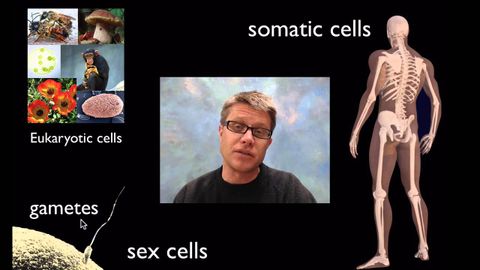細胞分裂
Why Why が 2020 年 08 月 06 日 に投稿  この条件に一致する単語はありません
この条件に一致する単語はありません- n. (c./u.)開始時刻 : 開始場所 : 開始;開始場所:開始時刻;始まり;はっとすること
- v.t./i.始める : 始まる
- v.t.(機器などを)起動する
- n. (c./u.)物質;集団;主部 : 本体;身体
US /rɪˈmɛmbɚ/
・
UK /rɪ'membə(r)/
- v.t.(特別な日の)贈り物をする;覚えている;思い出す;覚えておく;よろしく伝える
エネルギーを使用
すべての単語を解除
発音・解説・フィルター機能を解除
